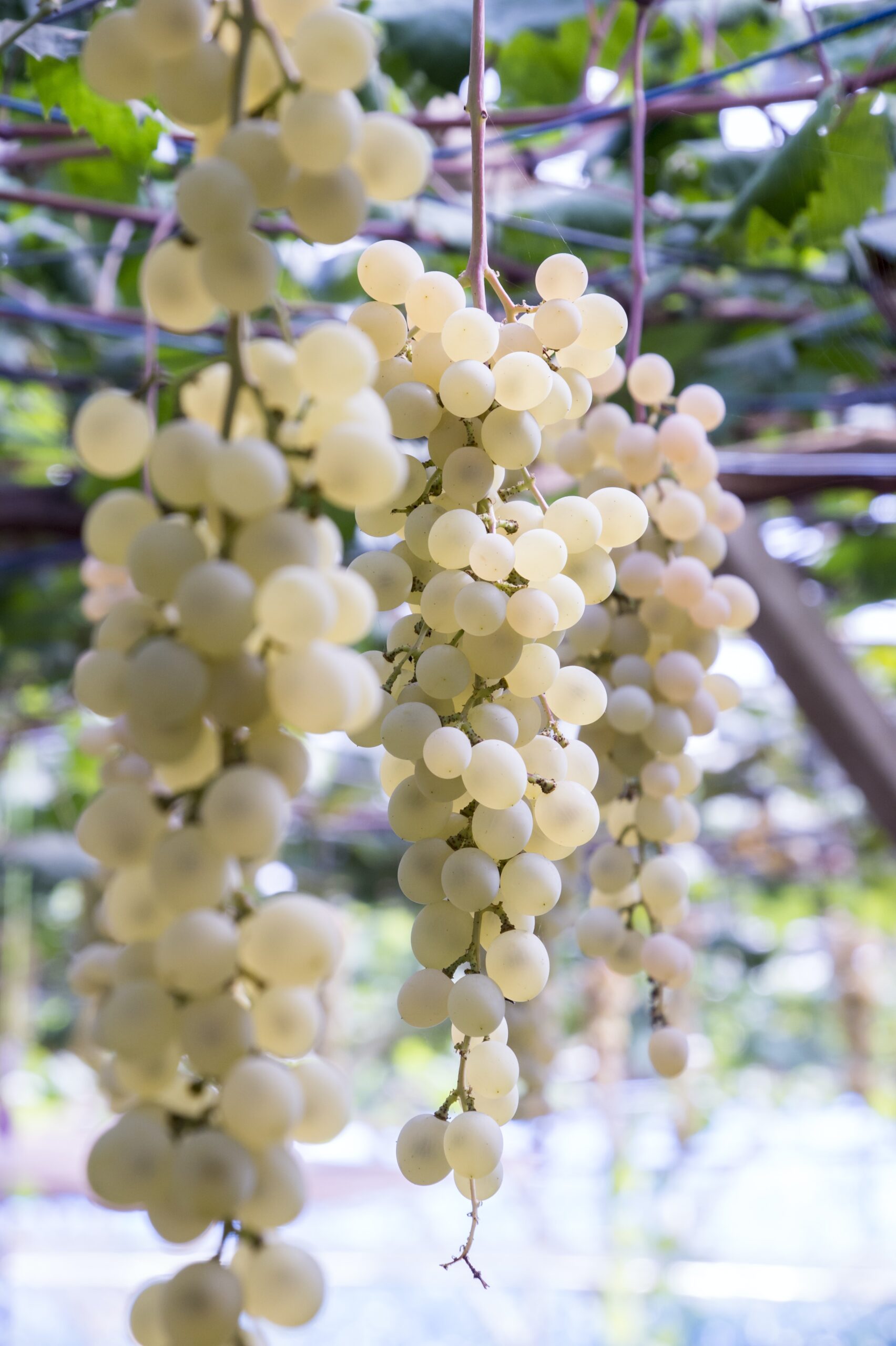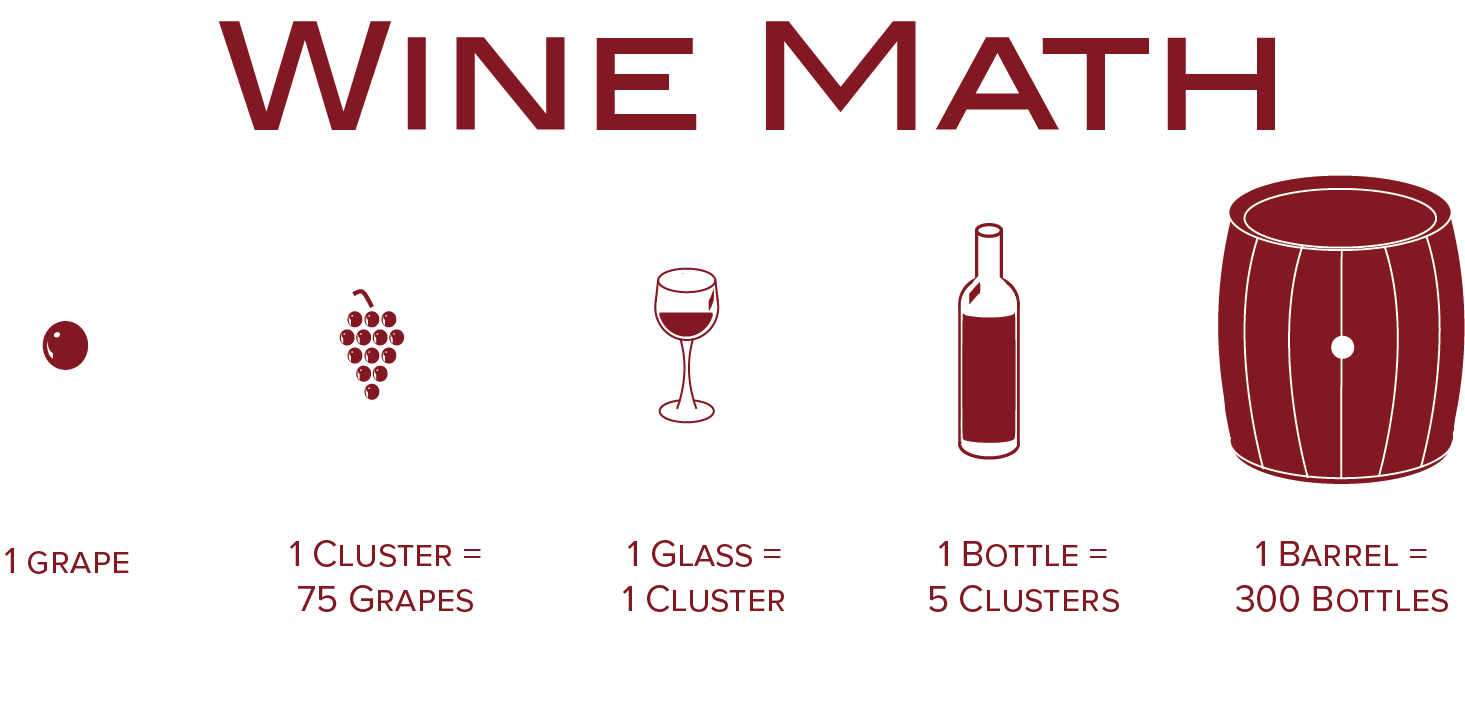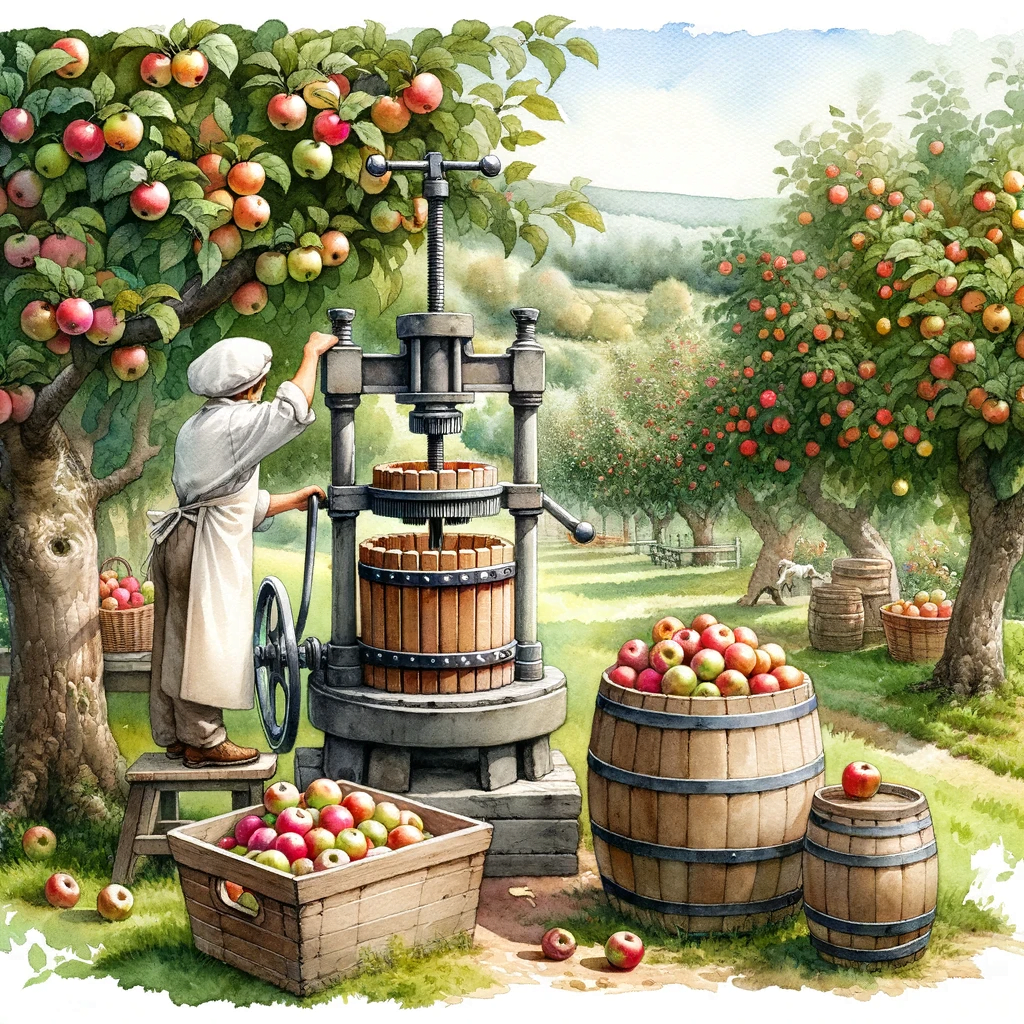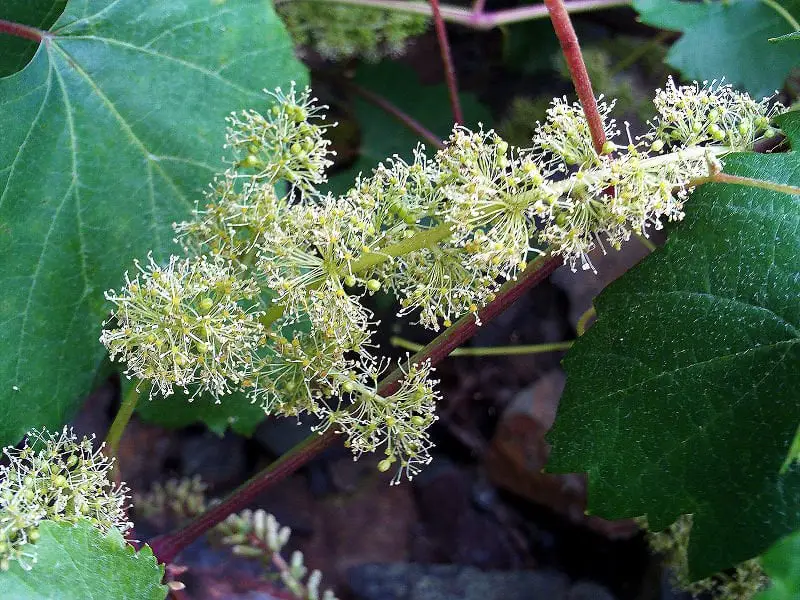White grapes are a popular variety of grapes known for their pale, greenish-yellow or golden hue. They are cultivated all over the world and have become an essential ingredient in various culinary delights and beverages. In this article, we explore the characteristics, flavors, and uses of white grapes, uncovering their unique attributes that set them apart from their red and purple counterparts. Whether you’re a wine enthusiast, a chef, or simply curious about different types of grapes, this article aims to provide you with an informative overview of what white grapes are and why they are cherished in the culinary world.
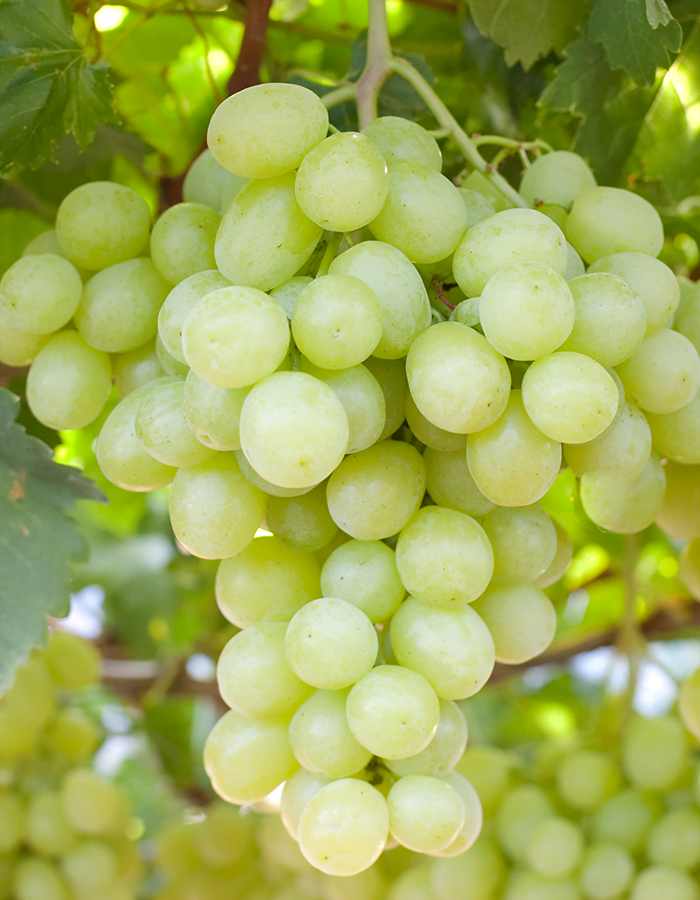
Varieties of White Grapes
Chardonnay
Chardonnay is one of the most popular white grape varieties in the world. It originated in the Burgundy region of France but is now grown in regions all over the world. Chardonnay wines are typically medium to full-bodied with flavors of green apple, pear, and citrus. They can be oaked or unoaked, resulting in different flavor profiles and styles.
Sauvignon Blanc
Sauvignon Blanc is known for its vibrant flavors and high acidity. It originated in the Bordeaux region of France but is now widely planted in various wine-growing regions. Sauvignon Blanc wines often have notes of citrus, tropical fruits, and fresh herbs. They are usually crisp and refreshing, making them a popular choice for summer drinking.
Riesling
Riesling is a highly aromatic white grape variety that originated in Germany. It is known for its ability to produce a wide range of wine styles, from bone dry to lusciously sweet. Riesling wines often exhibit flavors of stone fruits, floral notes, and a characteristic minerality. They have high acidity, which gives them a refreshing and vibrant taste.
Pinot Grigio
Pinot Grigio, also known as Pinot Gris, is a white grape variety that is widely grown in Italy and other cool climate regions. Pinot Grigio wines are typically light and refreshing with flavors of citrus, pear, and melon. They are known for their crisp acidity and easy-drinking nature, making them a popular choice for casual occasions.
Muscat
Muscat is one of the oldest cultivated grape varieties in the world. It is highly aromatic and can be used to produce a range of wine styles, from still to sparkling, dry to sweet. Muscat wines often exhibit flavors of ripe stone fruits, floral notes, and sometimes a hint of sweetness. They are known for their intense aromas and rich flavors.
Gewurztraminer
Gewurztraminer is a highly aromatic white grape variety that originated in the Alsace region of France. Gewurztraminer wines are typically full-bodied and have flavors of lychee, rose petals, and exotic spices. They can be dry or off-dry, with a slight sweetness that balances the wine’s acidity. Gewurztraminer wines are often enjoyed with spicy dishes due to their ability to complement and enhance the flavors.
Viognier
Viognier is a white grape variety that is known for its rich and aromatic wines. It originated in the Rhône Valley of France but is now grown in many wine regions around the world. Viognier wines often have flavors of peach, apricot, and tropical fruits. They can be full-bodied, with a creamy texture and a good balance of acidity.
Chenin Blanc
Chenin Blanc is a versatile white grape variety that is grown in various wine regions, including the Loire Valley in France and South Africa. Chenin Blanc wines can range from dry to sweet and from still to sparkling. They often exhibit flavors of apple, pear, and honey. Chenin Blanc is known for its high acidity, which gives the wine a refreshing and lively character.
Semillon
Semillon is a white grape variety that is often used in blends, particularly in Bordeaux, France. Semillon wines can be dry, semi-dry, or sweet. They typically have flavors of lemon, fig, and honey. Semillon wines are known for their ability to age well, developing complex flavors and aromas over time.
Albariño
Albariño is a white grape variety that is native to the Rias Baixas region of Spain. It is known for its bright acidity and citrusy flavors. Albariño wines often exhibit notes of lemon, lime, and stone fruits. They are typically light and refreshing, making them a popular choice for seafood pairings.
Physical Characteristics
Color
White grapes, as the name suggests, have a greenish-yellow or golden color when ripe. The color can vary depending on the grape variety and the climate in which it is grown. Some white grapes may have a slightly pink blush, but they are still considered white varieties.
Size
The size of white grapes can also vary depending on the variety. Some grapes are small and round, while others may be larger and elongated. The size of the grape clusters can also vary, with some varieties producing compact, tightly packed clusters, and others having looser bunches.
Shape
White grapes come in various shapes, ranging from round to oval and even slightly elongated. The shape can influence the texture and mouthfeel of the resulting wines. Grapes with a higher skin-to-pulp ratio tend to produce more aromatic and flavorful wines.
Skin
The skin of white grapes is thin and delicate compared to red grapes. It is usually pale green or golden in color. The skin contains natural compounds called phenols, which contribute to the flavor, aroma, and overall character of the wine.
Seeds
White grapes typically have small, light-colored seeds that are not as prominent as those found in red grapes. The seeds can affect the tannin levels in the wine, with some varieties having more tannic seeds than others. In general, white grapes have lower tannin levels compared to red grapes.
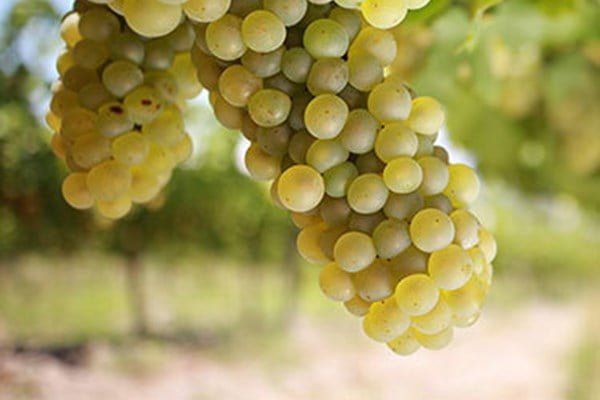
Taste and Flavor Profiles
Dry White Wines
Dry white wines are those that have little to no residual sugar, resulting in a crisp and refreshing taste. They are often enjoyed as an aperitif or paired with a wide range of foods. The taste and flavor profiles of dry white wines can vary depending on the grape variety and the winemaking techniques used.
Chardonnay wines, for example, can range from light and citrusy to full-bodied and creamy. Sauvignon Blanc wines are known for their vibrant acidity and flavors of citrus, tropical fruits, and fresh herbs. Riesling wines can be bone dry or slightly sweet, with flavors of stone fruits, floral notes, and a characteristic minerality.
Sweet White Wines
Sweet white wines are those that have a higher level of residual sugar, resulting in a fuller and sweeter taste. These wines are often enjoyed as a dessert wine or paired with spicy dishes. The taste and flavor profiles of sweet white wines can vary greatly depending on the grape variety and the winemaking techniques used.
Muscat wines, for example, are known for their intense aromas and rich flavors of ripe stone fruits and floral notes. Gewurztraminer wines have flavors of lychee, rose petals, and exotic spices, with a slight sweetness that balances the wine’s acidity. Chenin Blanc wines can range from dry to sweet, with flavors of apple, pear, and honey.
Cultivation and Growing Regions
Climate Requirements
White grapes are grown in various climates around the world, from cool climate regions to warm and sunny locations. The climate of a particular region can greatly influence the quality and style of the white wines produced.
Cool climate regions, such as the Loire Valley in France and parts of Germany, are well-suited for white grape cultivation. These regions have a shorter growing season and cooler temperatures, which help to retain the grapes’ natural acidity and develop their aromatic characteristics.
Warm climate regions, such as California and Australia, provide more sunshine and heat, resulting in riper and more fruit-forward white wines. The grapes in these regions can achieve higher sugar levels, leading to fuller-bodied and richer wines.
Popular Growing Regions
White grapes are grown in vineyards around the world, with each region offering its own unique terroir and winemaking traditions. Some of the most renowned white grape-growing regions include:
Burgundy, France: Known for its Chardonnay wines, Burgundy produces some of the world’s most sought-after white wines. The region is known for its limestone-rich soils and cool climate, which contribute to the elegance and minerality of the wines.
Marlborough, New Zealand: Renowned for its Sauvignon Blanc wines, Marlborough is known for its vibrant acidity and distinctive flavors of tropical fruits and fresh herbs. The region’s cool climate and the influence of the Pacific Ocean create ideal growing conditions for this grape variety.
Mosel, Germany: The Mosel region is famous for its Riesling wines, which are renowned for their aromatics and balance of sweetness and acidity. The steep slopes along the Mosel River, as well as the slate soils, contribute to the unique flavor profile of these wines.
Alsace, France: Alsace is known for its aromatic white wines, including Gewurztraminer and Riesling. The region’s cool climate and the influence of the Vosges Mountains create favorable conditions for the production of these expressive and complex wines.
Napa Valley, California: While primarily known for its red wines, Napa Valley also produces exceptional white wines, particularly Chardonnay. The region’s Mediterranean climate, with warm days and cool nights, allows the grapes to ripen fully while retaining their natural acidity.
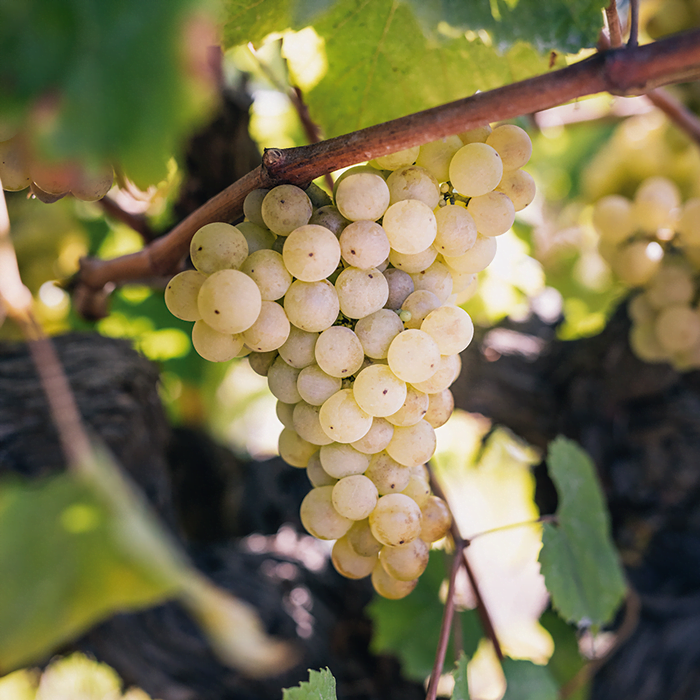
Wine Production
Fermentation Process
The fermentation process is a crucial step in the production of white wine. After the grapes are harvested and sorted, they are typically crushed to extract the juice. The juice is then transferred to fermentation vessels, such as stainless steel tanks or oak barrels, depending on the desired style of the wine.
During fermentation, yeast converts the grape sugars into alcohol and carbon dioxide. This process can take anywhere from a few days to several weeks, depending on the desired outcome. Fermentation at lower temperatures can help to retain the wine’s natural freshness and fruit flavors, while fermentation at higher temperatures can extract more flavors and textures from the grape skins.
Aging
White wines can be aged in various vessels, including stainless steel tanks, oak barrels, or a combination of both. Aging in oak barrels can impart additional flavors and aromas to the wine, such as vanilla, spice, and toast. The length of aging can vary depending on the wine style and the winemaker’s preferences.
Some white wines, such as Chardonnay, can benefit from extended aging in oak barrels, which can add complexity and depth to the wine. Other white wines, such as Sauvignon Blanc and Riesling, are often aged in stainless steel tanks to preserve their natural freshness and fruitiness.
Winemaking Techniques
Winemakers employ various techniques to create a desired style of white wine. These techniques can include:
Malolactic Fermentation: This secondary fermentation process converts harsh malic acid into softer lactic acid, resulting in a smoother and creamier texture in the wine. Malolactic fermentation is often used in the production of Chardonnay to add complexity and richness.
Sur lie Aging: This technique involves leaving the wine in contact with the yeast sediment, called lees, after fermentation. The yeast can impart additional flavors and textures to the wine, resulting in a more complex and nuanced character. Sur lie aging is often used in the production of certain white wines, such as Muscadet.
Carbonic Maceration: This technique is commonly associated with red wine production but can also be used with some white grape varieties. Carbonic maceration involves fermenting whole grape clusters in a carbon dioxide-rich environment, resulting in fruity and floral characteristics in the wine.
Each winemaking technique contributes to the overall flavor, aroma, and structure of the white wine, allowing winemakers to create a diverse range of styles for consumers to enjoy.
Food Pairing
White wines offer a wide range of pairing options with various food types. The acidity, sweetness, and flavor profiles of different white grape varieties can complement and enhance the flavors of various dishes. Here are some popular food pairing options for white wines:
Cheese
White wines pair well with a variety of cheeses. Fresh and young cheeses, such as goat cheese or feta, can be paired with vibrant and crisp white wines like Sauvignon Blanc. Creamy and rich cheeses, such as Brie or Camembert, can be paired with fuller-bodied white wines like Chardonnay or Viognier.
Seafood
White wines are a classic choice for seafood pairings. Light and delicate fish, such as sole or halibut, can be paired with light and crisp white wines like Sauvignon Blanc or Pinot Grigio. Shellfish, such as shrimp or oysters, can be paired with aromatic and slightly sweet white wines like Riesling or Gewurztraminer.
Poultry
White wines also complement a range of poultry dishes. Grilled or roasted chicken can be paired with Chardonnay or Chenin Blanc, which can complement the savory flavors of the meat. Turkey, especially when served with rich and creamy sauces, can be paired with fuller-bodied white wines with a touch of oak aging, such as white Burgundy or white Bordeaux.
Vegetarian Dishes
White wines offer numerous pairing options for vegetarian dishes. Salads with citrus vinaigrettes can be paired with Sauvignon Blanc or dry Riesling for a refreshing and vibrant combination. Vegetable stir-fries or pasta dishes can be paired with aromatic white wines like Gewurztraminer or Viognier, which can enhance the flavors of the spices and herbs used.
The versatility of white wines makes them a popular choice for a wide range of cuisines and dishes, offering an opportunity to explore different flavor combinations and enhance the dining experience.
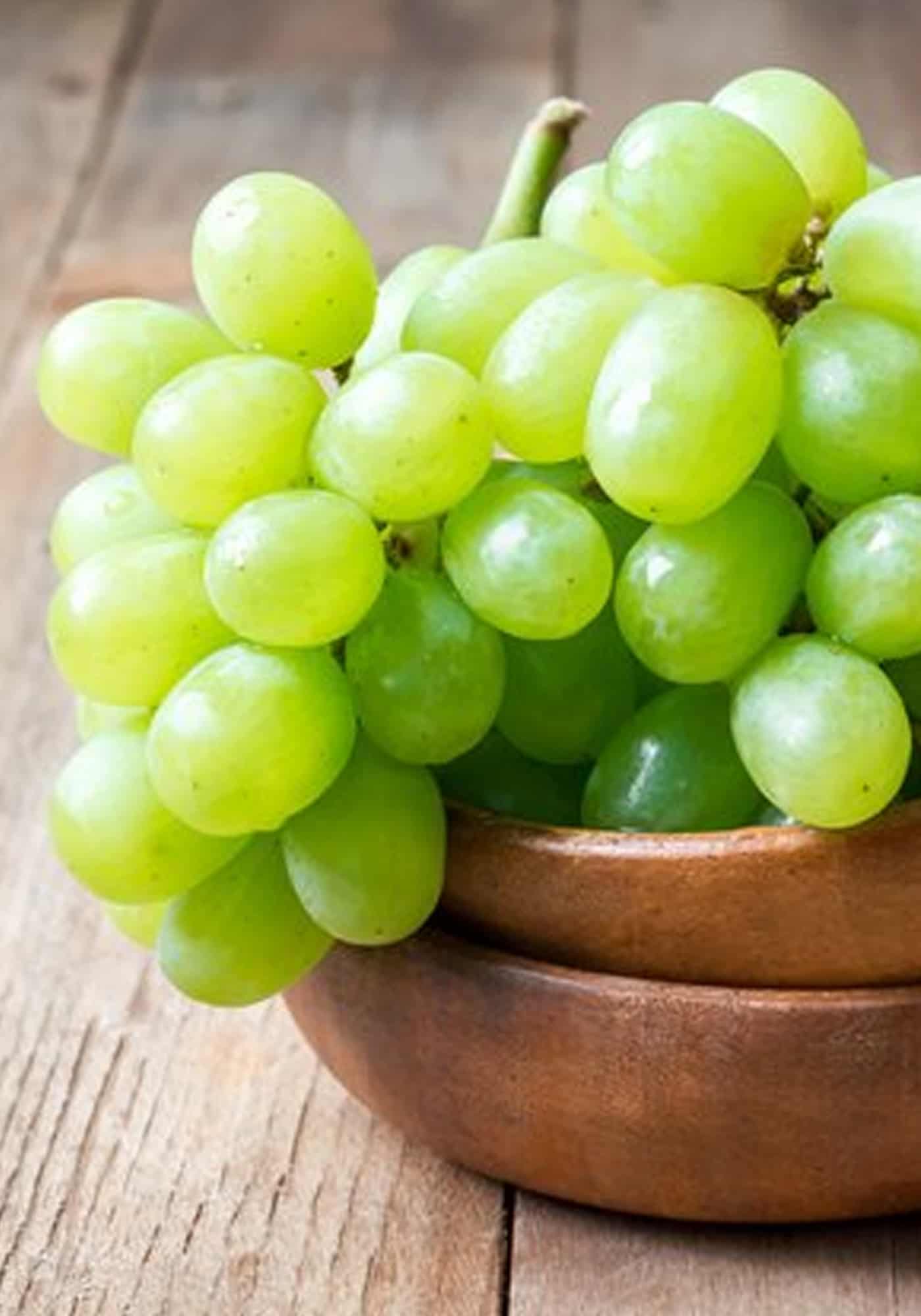
Health Benefits
Antioxidant Properties
White grapes, like other grape varieties, are rich in antioxidants, particularly polyphenols. These antioxidants help to neutralize harmful free radicals in the body, reducing the risk of oxidative stress and related diseases. Regular consumption of white wines, in moderation, can contribute to overall health and well-being.
Heart Health
Moderate consumption of white wines has been associated with potential heart health benefits. The polyphenols found in white wines, such as resveratrol, may help to reduce the risk of cardiovascular diseases by improving blood vessel function, reducing inflammation, and lowering LDL (bad) cholesterol levels. It is important to note that excessive alcohol consumption can have negative effects on heart health, and moderation is key.
Digestive Benefits
White wines can have a positive impact on digestion when consumed in moderation. The natural acidity found in white wines can stimulate the production of digestive enzymes, aiding in the breakdown of food and absorption of nutrients. Additionally, the antimicrobial properties of white wines can help to inhibit the growth of harmful bacteria in the digestive system.
It is essential to remember that while white wines can offer potential health benefits, moderation is key. Excessive alcohol consumption can have detrimental effects on health and should be avoided.
White Grape Juice
Production
White grape juice is made by crushing and pressing white grapes to extract their juice. The juice may undergo a filtration process to remove any solids or impurities before being bottled. Some white grape juices may be pasteurized to extend their shelf life, while others are left unpasteurized for a more natural and fresh taste.
Nutritional Value
White grape juice is a good source of natural sugars, including glucose and fructose. It also contains various vitamins and minerals, such as vitamin C and potassium. However, it is important to note that white grape juice lacks the dietary fiber found in whole grapes.
White grape juice can be a refreshing and hydrating beverage, particularly for those who prefer non-alcoholic options or are looking for a healthier alternative to sugary drinks. It is important to consume white grape juice in moderation as it can be high in calories and natural sugars.
Popular Brands
There are many popular brands of white grape juice available in the market. Some well-known brands include Welch’s, Ocean Spray, and Santa Cruz Organic. These brands offer a range of options, including both conventional and organic white grape juice.
When purchasing white grape juice, it is essential to read the labels and choose products that are made from high-quality grapes and free from artificial additives or excessive sugars.
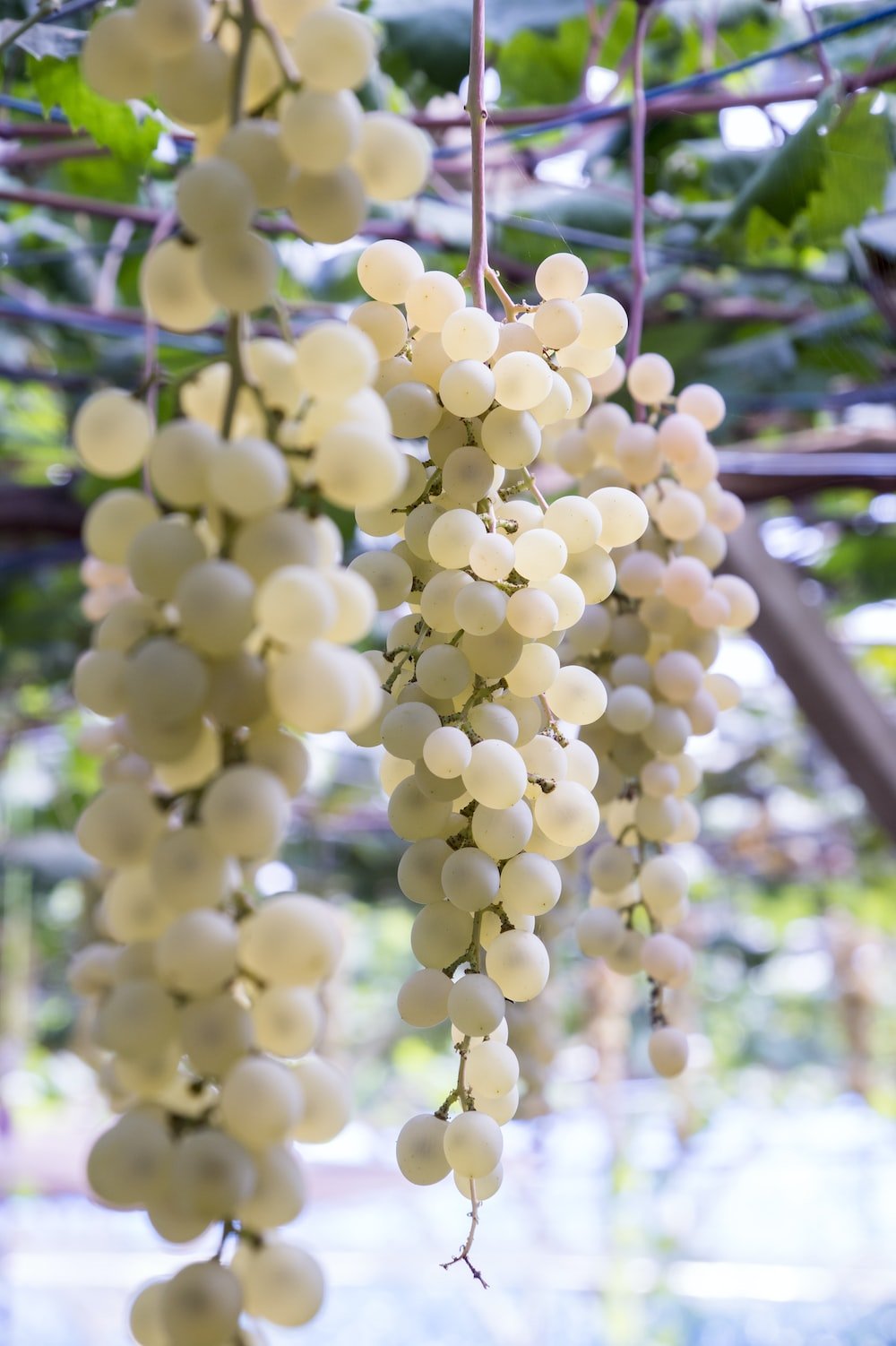
Other Uses of White Grapes
Raisins
White grapes can be dried to produce raisins, a popular and nutritious snack. Raisins are a good source of fiber, vitamins, and minerals. They can be enjoyed on their own, added to trail mixes, or incorporated into various recipes, including baked goods and savory dishes.
White Grape Seed Extract
White grape seeds are rich in antioxidants, particularly proanthocyanidins. These antioxidants have been associated with various health benefits, including improved skin health and cardiovascular support. White grape seed extract is available in supplement form and is often used as a natural remedy or dietary supplement.
White Grape Oil
White grape oil, also known as grapeseed oil, is derived from the seeds of white grapes. It is a light and neutral-flavored oil that is commonly used in cooking and baking. White grape oil is known for its high smoke point, making it suitable for high-temperature cooking methods such as frying and sautéing.
Cosmetics and Skincare
White grapes, particularly their seeds and skins, are used in the production of various cosmetics and skincare products. The antioxidants and other beneficial compounds found in white grapes are believed to have anti-aging and skin-nourishing properties. White grape extracts can be found in facial creams, lotions, and serums, providing hydration, firmness, and antioxidant protection.
Conclusion
White grapes are a diverse and versatile fruit that offers a wide range of flavors, from crisp and refreshing to rich and aromatic. The different grape varieties and their unique characteristics allow for the production of a wide variety of white wines, each with its own taste and flavor profile.
From the vibrant and citrusy Sauvignon Blanc to the rich and buttery Chardonnay, white wines can be enjoyed in various settings and paired with a variety of foods. The cultivation of white grapes can be found in numerous wine-growing regions around the world, each contributing its own terroir and winemaking traditions.
White grapes also offer health benefits, thanks to their antioxidant properties, potential heart health benefits, and digestive advantages. In addition to white wines, white grape juice, raisins, and other products derived from white grapes provide alternative ways to enjoy their flavors and nutritional value.
Whether you prefer a glass of crisp Sauvignon Blanc on a warm summer day or a buttery Chardonnay with a rich poultry dish, white grapes offer a versatile and enjoyable experience for wine enthusiasts and food lovers alike. Cheers to the world of white grapes!
